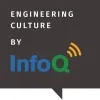
Ensuring Safety and Usability in Medical Device Software: Insights from Neeraj Mainkar
2025-01-03
Author: Emma
In-Depth Interview with Neeraj Mainkar, VP of Software Engineering at Proprio
In a recent conversation, Shane Hastie from the InfoQ Engineering Culture podcast sat down with Neeraj Mainkar, the VP of Software Engineering and Advanced Technology at Proprio. Proprio is a pioneering medical device and AI company that aims to enhance orthopedic surgical outcomes through innovative navigational devices. Mainkar's diverse background combines a PhD in computational condensed matter physics with extensive experience in both defense and medical device sectors.
Navigating the Complex World of Medical Devices
Mainkar explained how his career evolved from physics-based simulations for the military to a focus on developing safety-critical medical technologies. He highlighted the immense responsibility that comes with creating software for medical devices, emphasizing that, "a software bug can kill people." To navigate these challenges, Mainkar and his team adhere to rigorous FDA regulations that demand meticulous documentation, repeatability, and comprehensive testing protocols.
In this high-stakes environment, the mantra, "If you don't document it, it didn't happen," becomes paramount. Each step in the development process is documented to ensure transparency and accountability, enabling the team to backtrack and address issues effectively.
Championing a Culture of Quality
Creating a culture that prioritizes safety is a significant challenge in today’s fast-paced software environment. In stark contrast to the “move fast and break things” mentality prevalent in much of the tech industry, Mainkar emphasizes the criticality of methodical engineering practices. New engineers at Proprio undergo extensive training in the applicable regulations and testing methodologies to foster a mindset that takes safety seriously.
One cornerstone of their culture is the "mom test." Mainkar urges his engineers to consider whether they would feel comfortable having their loved ones use the devices they develop. This self-reflection ensures a constant focus on safety and quality.
The Profile of a Medical Device Engineer
Mainkar described his engineers as hailing from various backgrounds, combining experience with fresh talent. The hiring process is careful and selective, aiming to recruit the best of the best—those who not only demonstrate technical prowess but also fit the stringent, safety-oriented culture of the company. He advocates for a diverse workforce that can bring different perspectives to the challenges of medical device development.
Balancing Safety and Usability
While safety is an unwavering priority, Mainkar also addresses the crucial aspect of usability. Usable devices are intuitive and easy to navigate — a necessity when professionals rely on them in high-pressure environments like surgery.
Renowned companies like Intuitive Surgical exemplify the kind of user-centric design that Mainkar aspires to. Engaging end-users, like surgeons, in the early stages of product development is vital. This collaboration allows for continuous feedback throughout the design process, helping engineers strike a balance between usability, performance, and maintainability.
Handling Software Upgrades in Regulatory Environments
Once medical devices reach the market, the adventure doesn’t end. Post-market surveillance has become a critical responsibility for companies like Proprio. The FDA and other regulatory bodies mandate ongoing monitoring and updating of devices to address any issues users experience and to implement improvements based on feedback.
With the advancement of software technology, regular updates and enhancements are feasible but must adhere to strict regulatory frameworks. Mainkar emphasizes the importance of refining products based on user experiences without compromising on safety.
The AI Revolution in Medical Devices
As AI technology advances, its impact on medical device software is becoming increasingly prominent. Beyond just being a buzzword, AI applications streamline processes from automated unit testing to refining user experiences through advanced data analysis.
For Mainkar, the integration of AI presents an opportunity to minimize human error in software development, helping to predict potential issues and improve usability. As he aptly puts it, “The sky's the limit” when it comes to leveraging AI across software engineering in medical devices.
Challenges and Future Directions
Mainkar acknowledges ongoing challenges, particularly with the diversity of end-users and the increasing complexity of devices. Ensuring all user profiles receive an excellent experience requires constant vigilance and adaptability in design.
Moreover, as volumes of data grow exponentially, the challenge lies in presenting this information without overwhelming users. Effective data visualization and contextual presentation become crucial to enhancing decision-making processes without clouding the user interface with excessive information.
Conclusion: Shaping the Future of Medical Devices
In a world where technology intersects profoundly with healthcare, the insights provided by Neeraj Mainkar shed light on the fundamental principles that guide the development of medical device software. Through stringent practices, a commitment to safety, and an innovative approach to usability, companies like Proprio are proving that technology can dramatically enhance surgical outcomes.
For those interested in continuing this conversation, you can find Neeraj Mainkar on LinkedIn and engage with his insights in this vital industry. The lessons shared in this interview can inspire other sectors, highlighting that safety and collaboration should always come first in software development, especially when lives are at stake.

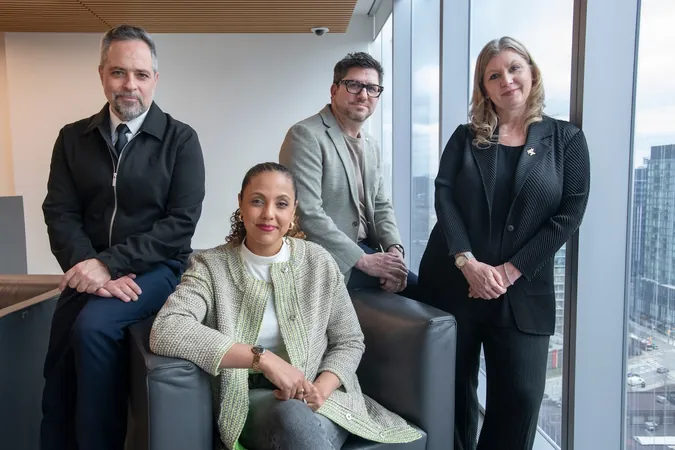
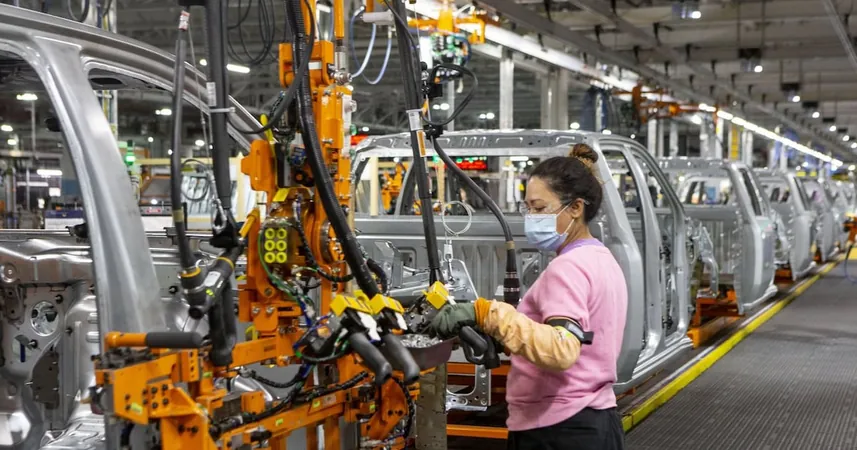
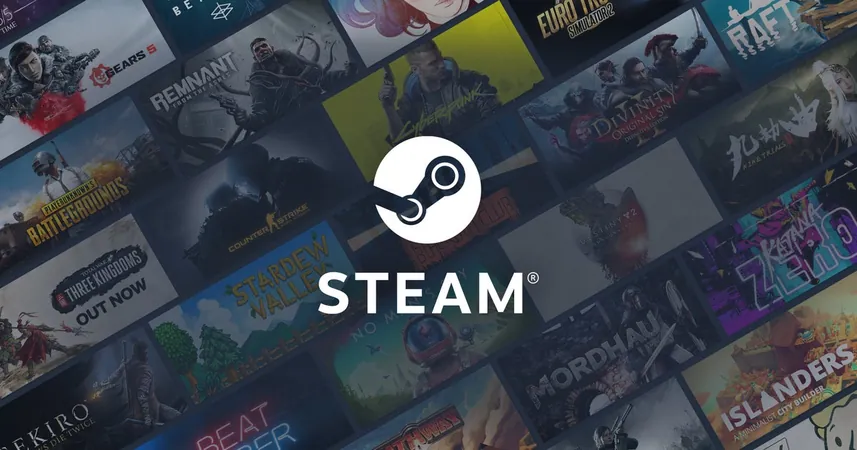


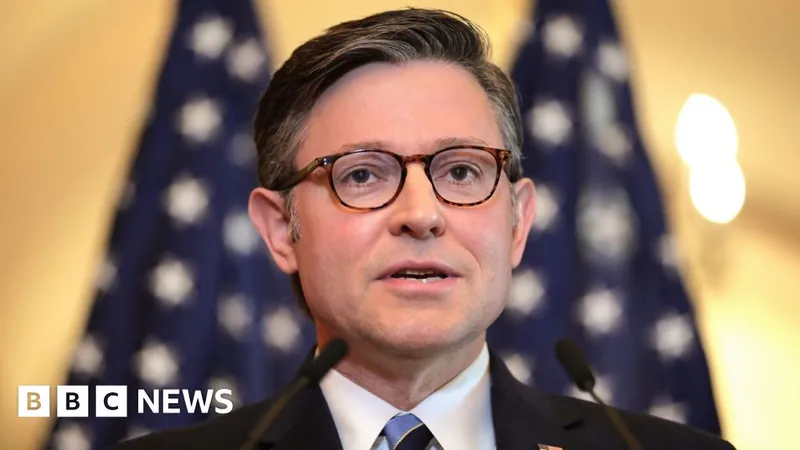


 Brasil (PT)
Brasil (PT)
 Canada (EN)
Canada (EN)
 Chile (ES)
Chile (ES)
 Česko (CS)
Česko (CS)
 대한민국 (KO)
대한민국 (KO)
 España (ES)
España (ES)
 France (FR)
France (FR)
 Hong Kong (EN)
Hong Kong (EN)
 Italia (IT)
Italia (IT)
 日本 (JA)
日本 (JA)
 Magyarország (HU)
Magyarország (HU)
 Norge (NO)
Norge (NO)
 Polska (PL)
Polska (PL)
 Schweiz (DE)
Schweiz (DE)
 Singapore (EN)
Singapore (EN)
 Sverige (SV)
Sverige (SV)
 Suomi (FI)
Suomi (FI)
 Türkiye (TR)
Türkiye (TR)
 الإمارات العربية المتحدة (AR)
الإمارات العربية المتحدة (AR)